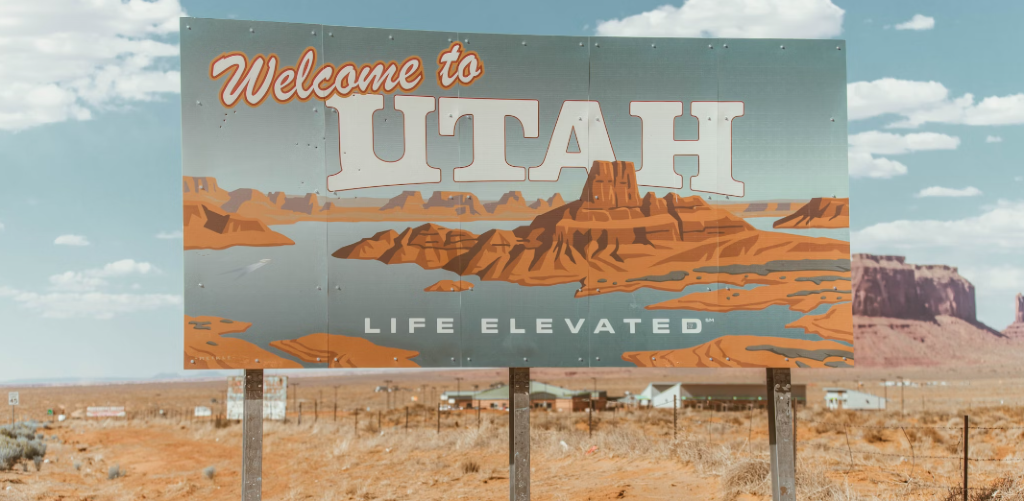
Utah
Rebuttals are due by July 9 for evaluation by Utah Broadband Center.
 Photo taken in Monument Valley, Utah by Taylor Brandon
Photo taken in Monument Valley, Utah by Taylor Brandon
June 5, 2024 – Utah announced that it entered the rebuttal phase of the map challenge process as regulated by the Broadband, Equity, Access, and Deployment program on Thursday.
Utah residents and communities can sign up on the State Broadband Challenge Portal to review challenge details and submit rebuttals by July 9 for evaluation by the Utah Broadband Availability Reviewers, which evaluate valid rebuttals and corresponding challenges before deciding to reject or sustain the challenge.
The $42.5 billion Broadband, Equity, Access and Deployment program allocates funds to states to deploy high-speed internet to every address in the state. This process requires that the state creates a map of broadband coverage within its jurisdiction and opens a challenge process for stakeholders, ISPs and local governments to challenge the claims on the map. These challenges can then be rebutted by the internet service provider of that address to ensure that the maps are as accurate as possible before funding is distributed.
According to the Utah Broadband Center, rebuttals must meet certain minimum standards in order to be considered to have sufficient evidence. Rebuttals must be current within one year, be clear and legible, and be relevant to the challenge type and specific location. Eligible entities include local and tribal governments, nonprofits, education organizations, and internet service providers.
The Utah Broadband Center launched its challenge process in April, and closed on May 28. Utah’s Challenge Reviewers will make final determinations on challenges before the state’s BEAD grant opens this fall. UBO expect that it will make final decisions within 30 days of receiving a rebuttal.
The state has been crowdsourcing speed tests from residents since February 6 in an effort to refine its coverage map ahead of accepting challenges. Those speed tests have to meet certain methodological standards consistent with the NTIA’s guidelines for speed challenges.
The state’s initial counts show more than 63,000 eligible homes and businesses, with more than 43,000 unserved.
